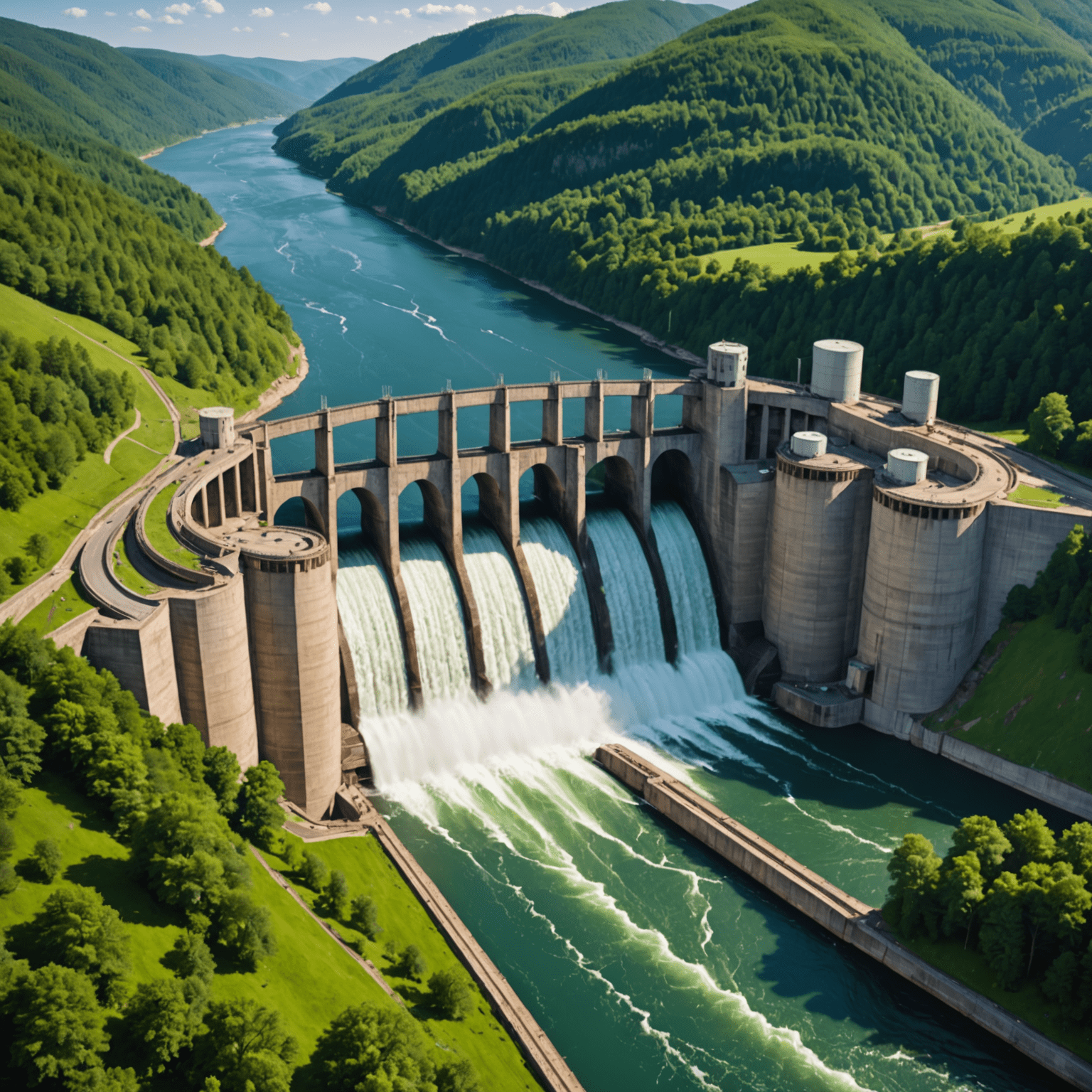The Basics of Hydroelectric Power

Hydroelectric power is a cornerstone of renewable energy, offering a path to energy independence and self-sufficiency. This guide will introduce you to the fundamental concepts and benefits of harnessing the power of water.
How Hydroelectric Power Works
At its core, hydroelectric power converts the energy of flowing water into electricity. Here's a simplified breakdown of the process:
- Water is collected in a reservoir behind a dam
- The water flows through a penstock, gaining potential energy
- As it reaches the powerhouse, the water spins turbines
- The turbines are connected to generators, which produce electricity
- The electricity is then transmitted to the power grid
Benefits of Hydroelectric Power
Hydropower offers numerous advantages, especially for those seeking energy independence:
- Renewable and clean energy source
- Low operating costs once the initial infrastructure is in place
- Long lifespan of hydroelectric facilities (often 50-100 years)
- Ability to quickly respond to peak energy demands
- Potential for small-scale applications in rural or remote areas
Small-Scale Hydropower for Self-Sufficiency
While large dams are impressive, small-scale hydroelectric systems can be a game-changer for individual properties or small communities:

Micro-hydro systems can be installed on properties with flowing streams or rivers, providing a consistent source of renewable energy. These systems can range from powering a single home to supporting a small grid for multiple buildings.
Environmental Considerations
While hydropower is clean and renewable, it's important to consider its environmental impact:
- Alteration of river ecosystems
- Potential impact on fish migration
- Changes to local water tables
Responsible hydropower development involves careful planning and mitigation strategies to minimize these effects.
The Future of Hydroelectric Power
As we move towards a more sustainable future, hydroelectric power will continue to play a crucial role in our energy mix. Innovations in turbine design, fish-friendly technologies, and integration with other renewable sources are making hydropower an increasingly attractive option for those seeking energy independence.
VitalGreen: Your Partner in Hydropower Solutions
At VitalGreen, we specialize in designing and implementing hydroelectric power solutions tailored to your needs. Whether you're looking to power a single property or seeking energy independence for your community, our team of experts can help you harness the power of water sustainably and efficiently.